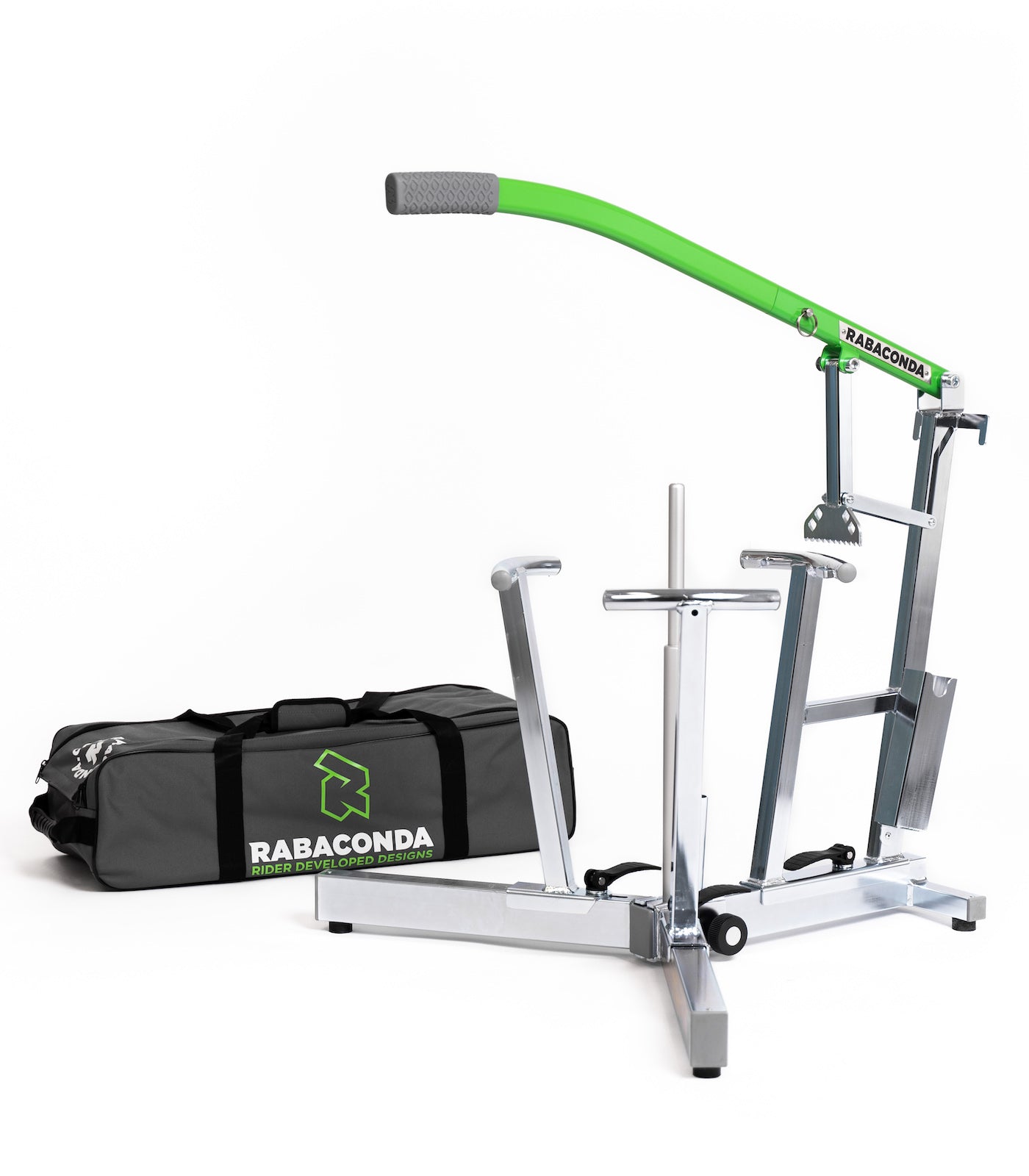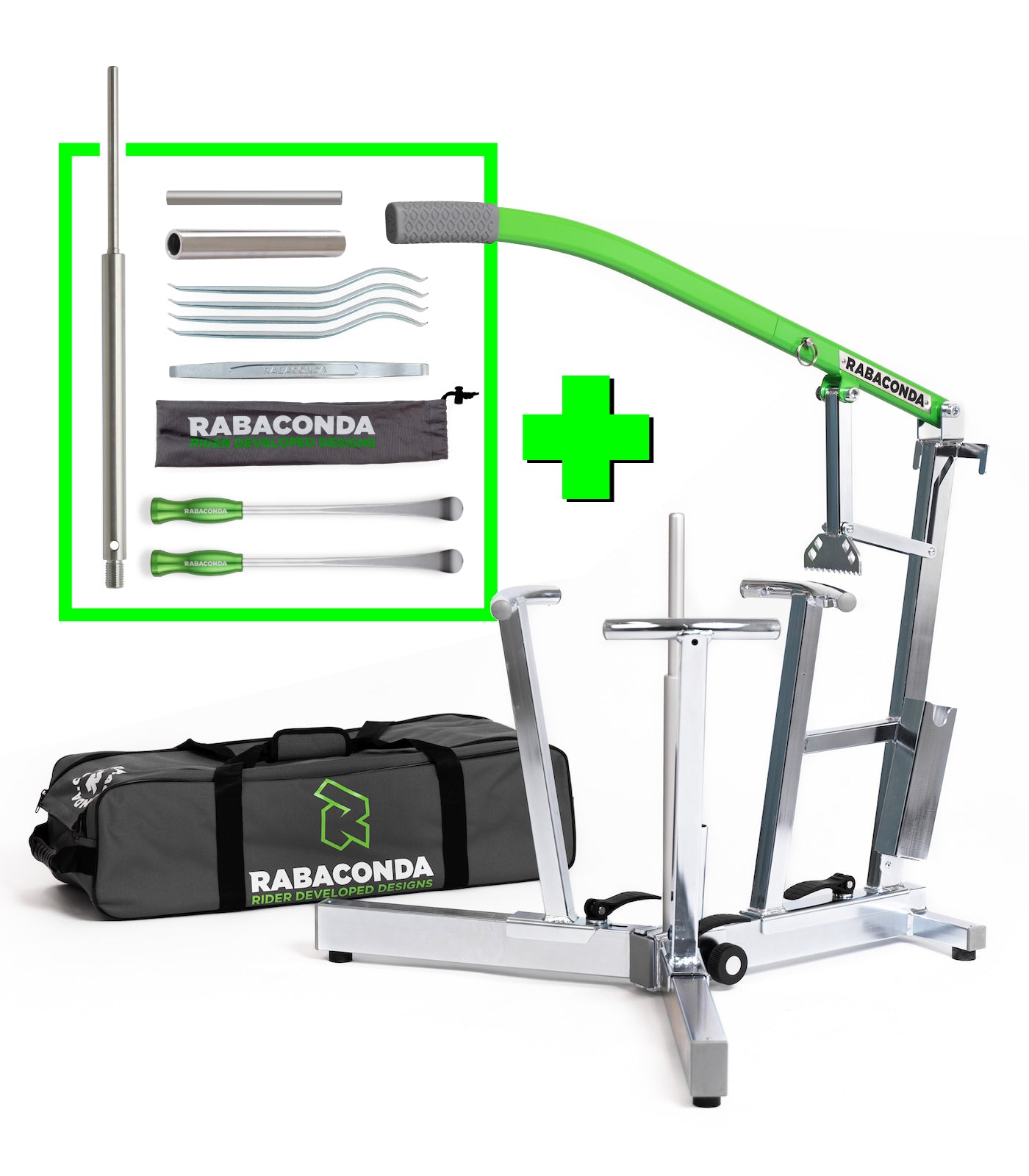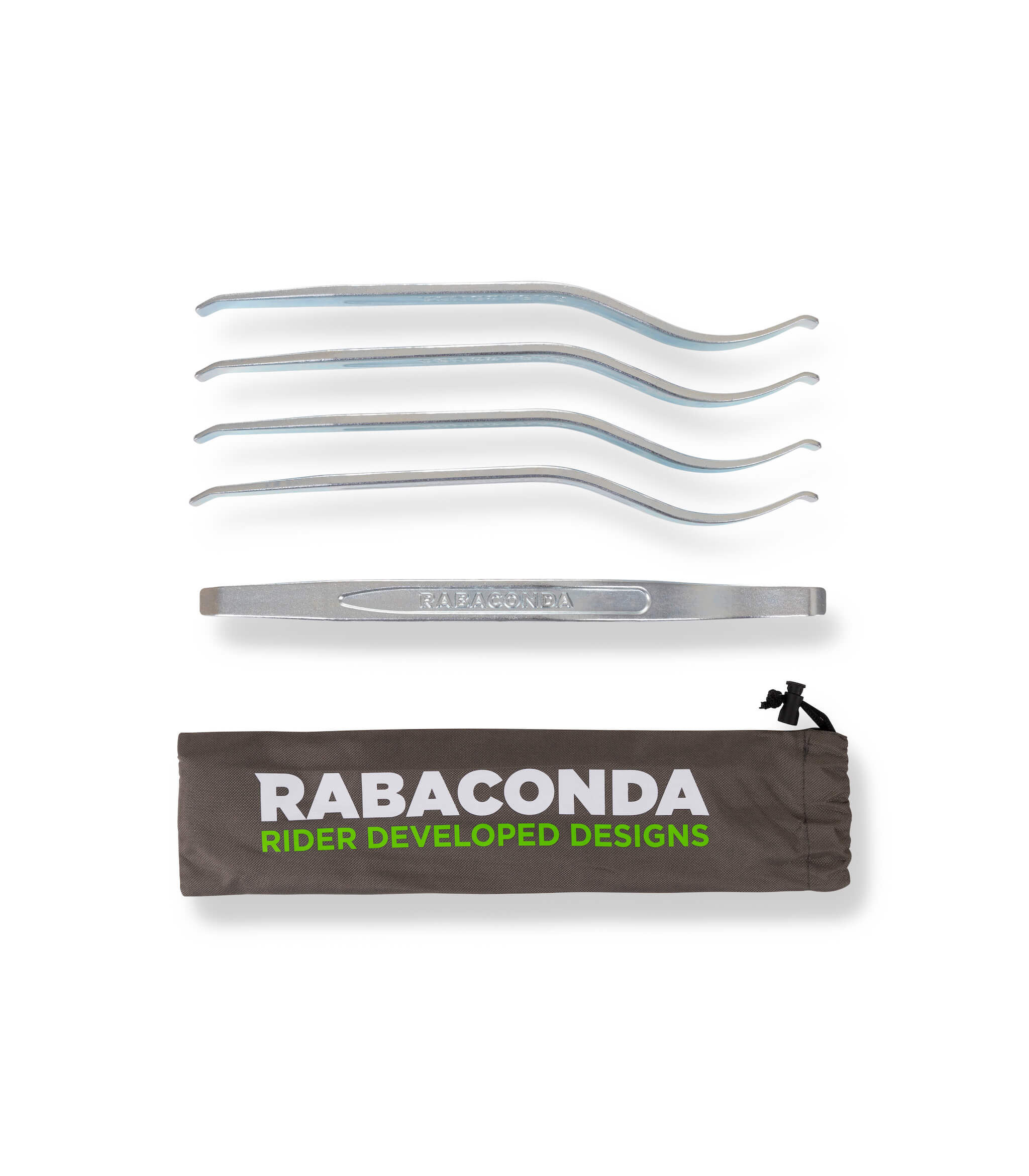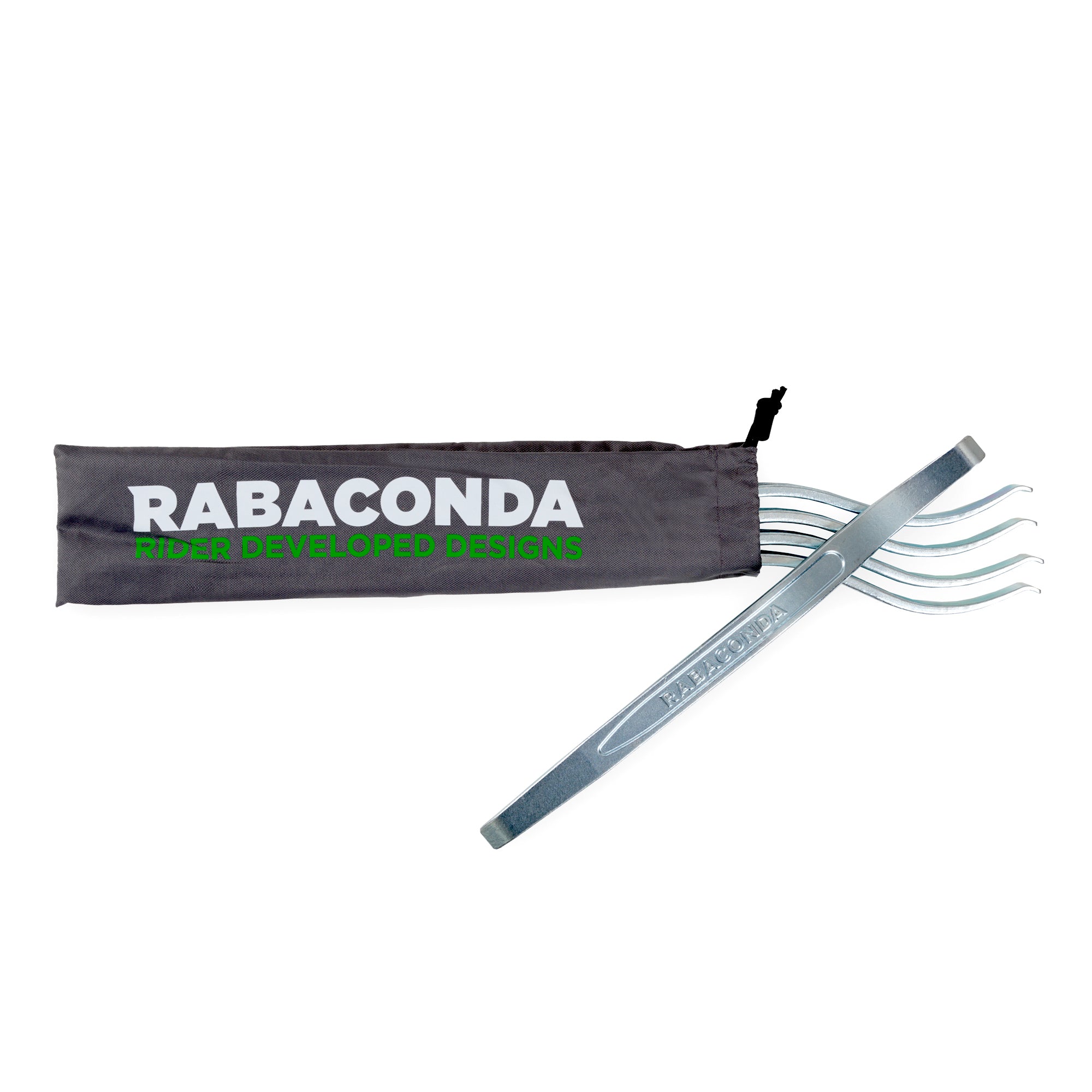Heart Rate Method
If you’d rather monitor your training zone using your heart rate, you’ll need a heart rate monitor and a good idea of your typical resting and maximum heart rates. Debate continues about how to figure out your maximum heart rate. The only certain way is to have a medically supervised test, but you can choose a method that you are comfortable with (for example, using the formula of 220 minus your age, or simply by finding the highest number you’ve seen on your heart rate monitor if you use it regularly) for the purposes of calculation.
Figure out the heart rate range that corresponds to 65-75% of maximum, and aim for that during your Zone 2 training sessions.
Why bother with Zone 2 training?
Zone 2 training makes your body more efficient. The more you do, the fitter you become, meaning you can sustain the same heart rate or rate of perceived exertion for longer.
That means you can comfortably achieve longer training sessions to improve your riding skills. In races, better aerobic performance means your body can handle the physical trials without missing a beat, leaving your brain to figure out the challenges built into the course, rather than battling with fatigue. If you race hard enduro or regularly hit the trails for several days in a row, then this aerobic endurance is crucial.
How much Zone 2 training do I really need to do?
Typically endurance athletes should train in Zones 1 and 2 for up to 80-85% of their time. Motocross champion Ryan Dungey went on record describing his training regime as including 45 minutes for six days a week of Zone 2 training in the gym, with more Zone 2 work built into his regular four-hour sessions in the saddle.
Zone 2 training like this can be varied. In addition to hitting the gym, cycling, swimming, running and skiing are all just as good for building the base fitness you need to compete in the toughest of dirt bike events. The aerobic endurance you’re looking for takes years to build properly, so add some varied Zone 2 training into your plan now to make sure you’re at your best on the bike. Even though it might not be fast and furious, building your fitness this way might just give you the edge over the competition.
So what about you? How do you measure the training you do? Have you seen results from Zone 2 training? Let us know in the comments, and don’t forget to sign up here to get all the latest seasonal tips from the Rabaconda team.












![Thad Duvall Tire Change Tutorial [VIDEO]](http://us.rabaconda.com/cdn/shop/articles/screen-shot-2015-11-04-at-16.42.17.png?crop=center&height=948&v=1694443833&width=730)
